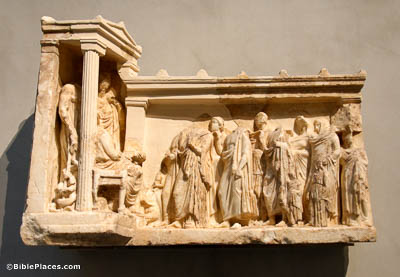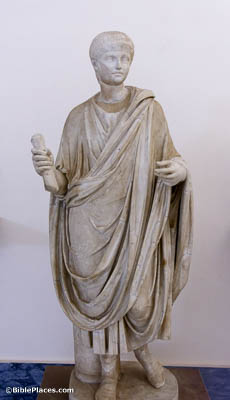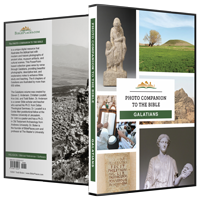O foolish Galatians! (Galatians 1:3)
Greco-Roman theatrical events often ridiculed idiots and fools; the actors who played such characters used comic or grotesque masks to augment those characteristics. The sculpture shown here was not meant to be worn but portrays such a mask. Paul’s audience would have immediately recognized such a mask as portraying foolishness.






